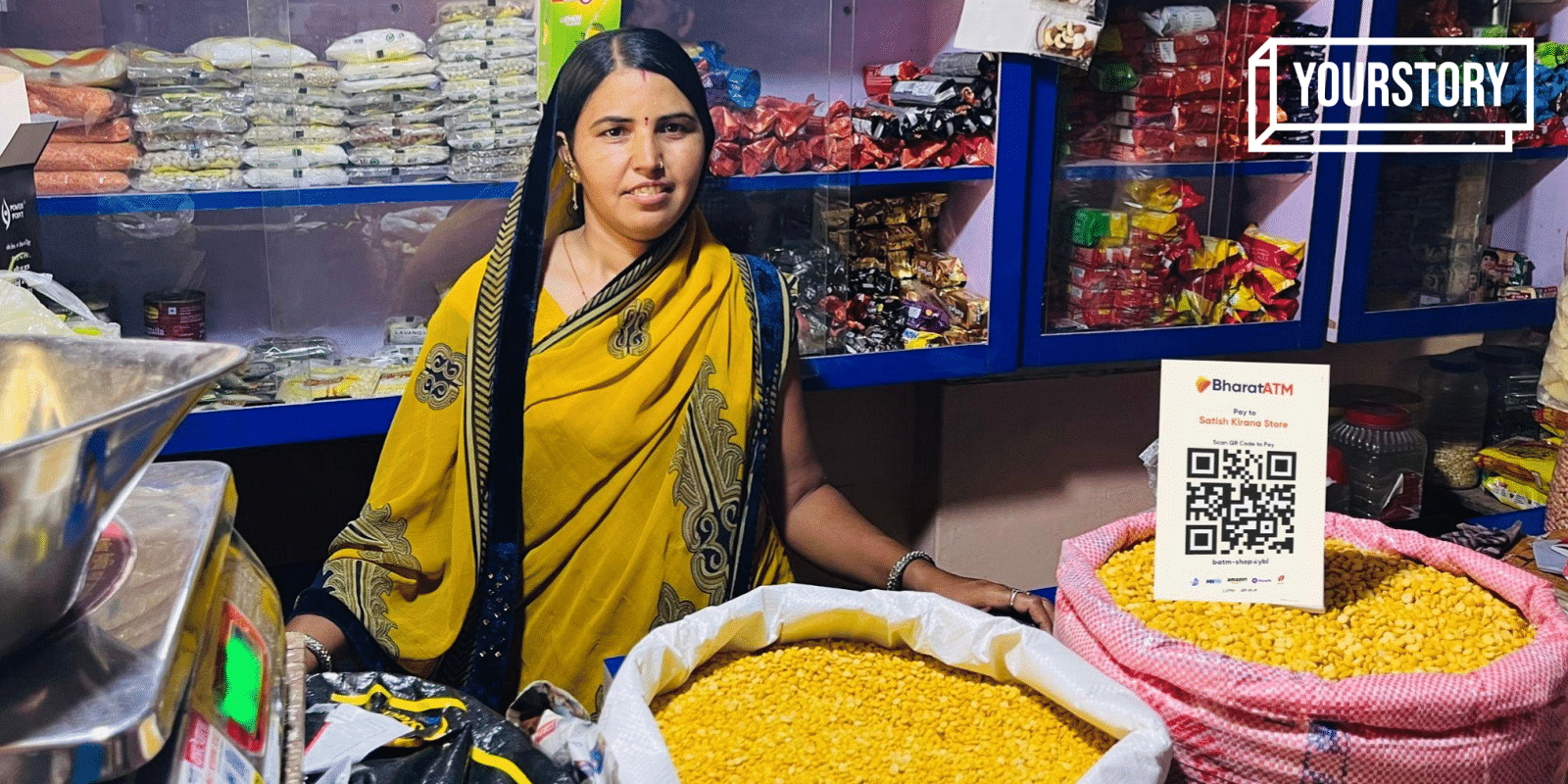There’s an oft-repeated proverb that goes “give a man a fish, you feed him for a day; teach a man to fish, you feed him for a lifetime”.
Nothing rings truer in the field of finance than that, especially when it comes to universal inclusion — a goal not only highlighted by the Indian government but also the new terminus for fintech startups looking to tap the next billion internet users, largely expected to hail from the country’s interiors.
When it comes to women in finance, the conversation has been quite limited in its latitude. ‘Women in finance’ today refers broadly to urban, privileged women creating financial products for other urban, tech-savvy, privileged women (in very broad strokes, mind you).
In rural India, finance for women is still restricted to self-help groups, many of which have disbanded over the years due to negligence and a lack of substantial efforts to engage women in microfinance.
To remedy that and engage women in finance, neobank launched a programme in March, called ‘Bank Sakhi’ (sakhi means female friend).
Founding team of Mahagram, which operates BharatATM
The overarching aim of the initiative by BharatATM — a neobanking platform that works with kiranas and small neighbourhood stores to extend financial services to people, without requiring a full-fledged banking infrastructure — is to involve more women, especially in rural areas, in finance.
What the startup does is essentially identify women in small towns and villages, partner with them and onboard them on the BharatATM platform so they can start offering its services, such as withdrawal/deposits, bill payments etc, from either their kirana stores, if they have one, or at people’s doorsteps.
So far, the company has enrolled around 11,230 women in the programme, across India. It piloted the project the Odisha, where it enrolled around 230 women in the programme.
Why women?
Ram Shriram, CEO and Co-founder of , the parent company of BharatATM, says that even in households where men are sole earners, it’s women who handle most of the money in terms of expenditures related to grocery shopping and running the house. Savings are a big part of this exercise too (raise your hand if you remember the saree cover in which your mum tucked away a few rupees every month for a rainy day).
But formal financial services such as savings accounts have largely permeated their consciousness, mostly because of a woeful lack of banking infrastructure, says Ram.
“We realised if we could enrol a few women and got them a savings account, they would help other women start their own accounts too,” Ram tells YourStory in a conversation. And the network effect could eventually lead to even more people utilising formal banking services.
For BharatATM, the network effect not only translates into more business, but also helps it enable more financial inclusion for women.
(Representational image)
The bare minimum that’s required from women enrolling in the programme is a matriculation certificate, and a keen knack for using a smartphone, since BharatATM’s app is what enables them to offer their services.
Women in the programme are given access to a library of training videos in various languages to quickly get them started on the platform. For troubleshooting, at any point, there’s a number they can call on and get any queries resolved in the language of their choice.
In case they don’t already have bank accounts, BharatATM helps them get one, and goes even so far as to help them get their Aadhar and PAN cards.
One ‘bank sakhi’ caters to around 3,000 people in her village or town, and while having a financial background or even some working knowledge of the financial services sector is not a requirement, the startup does give preference to those from SHGs.
On average, bank sakhis can expect to earn Rs 8,000 to Rs 10,000 per month in the programme, although the number can vary depending on footfall and traffic. The startup will soon start offering ecommerce-type services on the platform, where bank sakhis can help people place orders for items such as sarees or beauty products, get them delivered to their doorstep, and then hand it over to the user.
BharatATM will next implement the programme in the Northeast, as well as North India, especially Haryana and Punjab.




![Read more about the article [Funding alert] Construction management app Powerplay raises $5.2M from Sequoia’s Surge and Accel Partners](https://blog.digitalsevaa.com/wp-content/uploads/2021/07/Image50pj-1625808020886-300x150.jpg)





